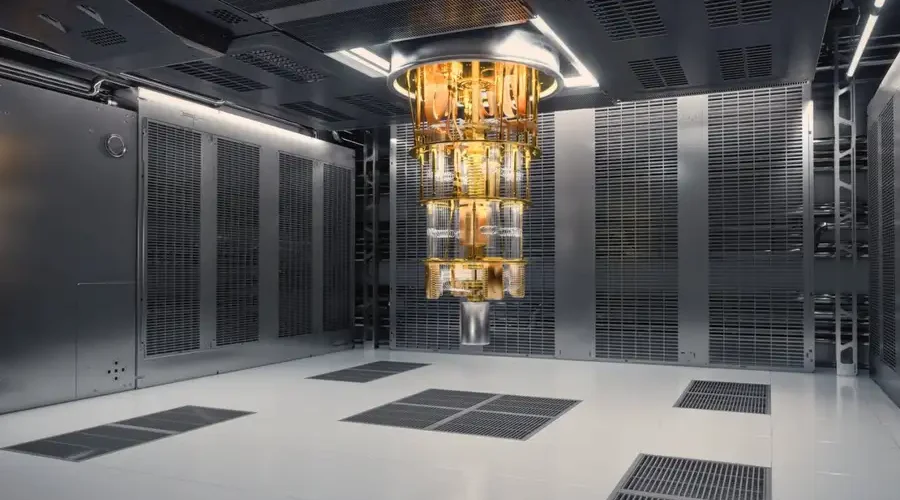In the progressive arena of quantum computing, researchers have made a landmark advancement by integrating a time crystal into a quantum computer, providing unprecedented control and stability in quantum calculations. This integration represents a breakthrough in our approach to quantum computing architecture and may resolve some of the current challenges in creating more stable quantum systems.
Time crystals, a state of matter first theorized in 2012 and subsequently observed in 2016, exhibit perpetual motion without energy consumption, defying the traditional laws of thermodynamics. Their structures repeat in time in the same way that traditional crystals repeat in space, hence the nomenclature. The persistent oscillation of the time crystal, which occurs at its natural frequency, offers a reliable reference point for the calibration and manipulation of quantum bits (qubits), the fundamental units of quantum information.
The implementation of a time crystal as a control dial in a quantum system provides a steady and rhythmic backdrop against which qubits can be fine-tuned with high precision. Unlike traditional methods where environmental noise can interfere with the stability of qubits leading to decoherence, the intrinsic temporal regularity of a time crystal potentially allows for quantum operations to be synchronized with its time-periodic symmetry. This enables researchers to correct errors and maintain coherence over extended periods, enhancing performance and accuracy.
In practical terms, these improvements may translate to quantum computers being capable of solving complex problems that are currently intractable for classical computers. Applications range from cryptography, where quantum computers could decrypt codes that guard our digital communications, to materials science, wherein they might simulate configurations of matter at an atomic scale, revolutionizing drug discovery and materials design.
Moreover, this integration heralds a greater understanding and utilization of time crystals themselves, potentially unlocking further applications in other areas of quantum technology. By leveraging the characteristics of this exotic state of matter, quantum engineers might pave the way for more robust quantum-based sensors, with implications for deep-space navigation and ultra-precise timekeeping.
The use of a time crystal as a control dial in quantum computing is still in its infancy, with research primarily occurring in lab settings. However, as quantum technologies progress, these findings may steer us towards more stable, reliable, and powerful computational futures, ushering in a new era of computing power and utility.
